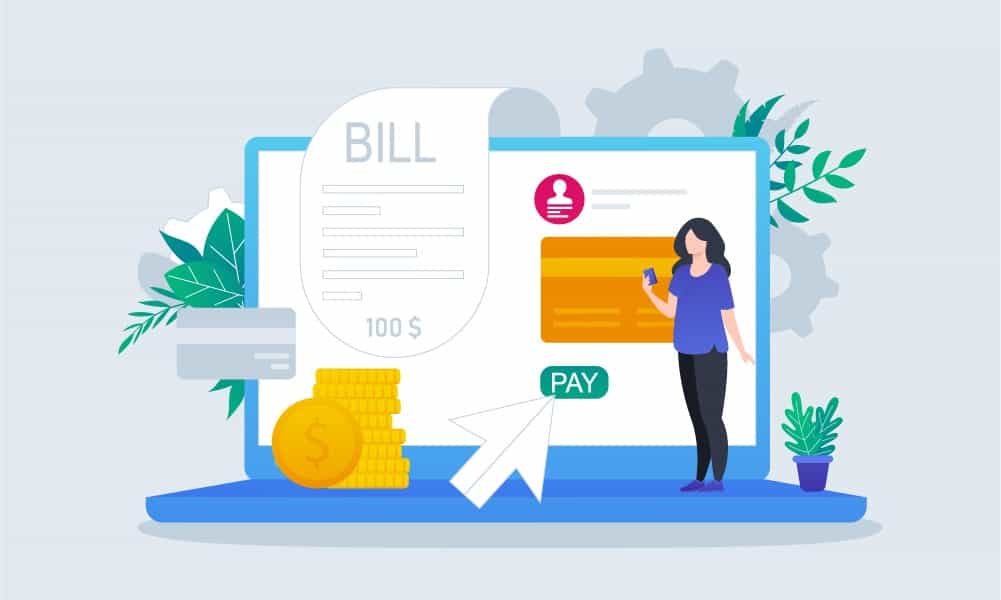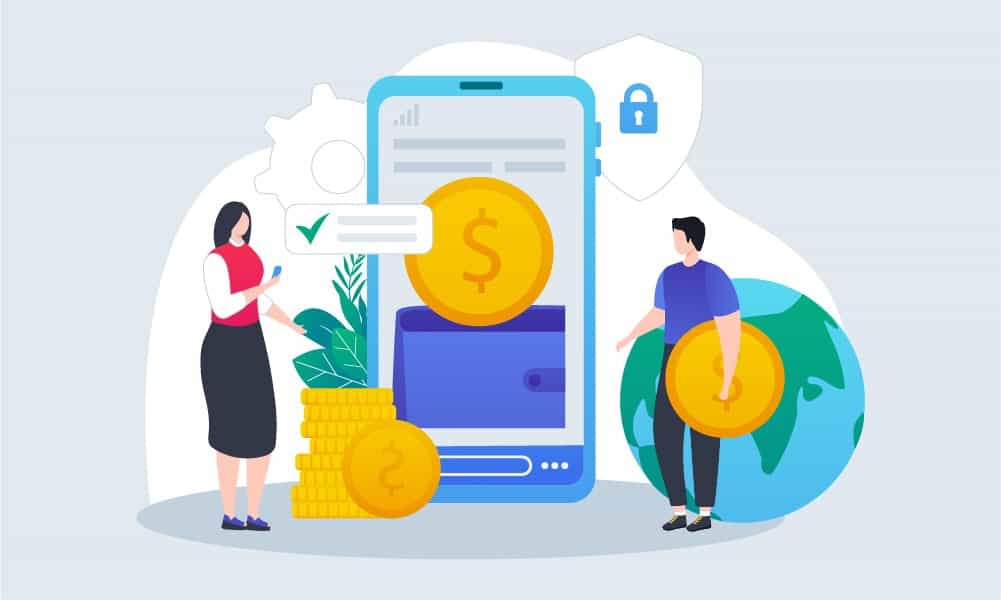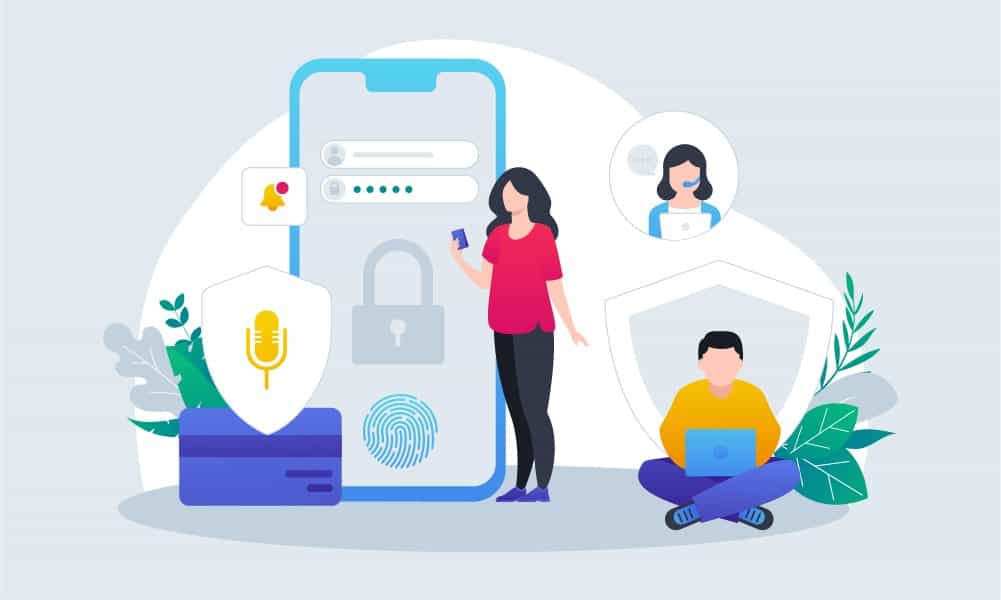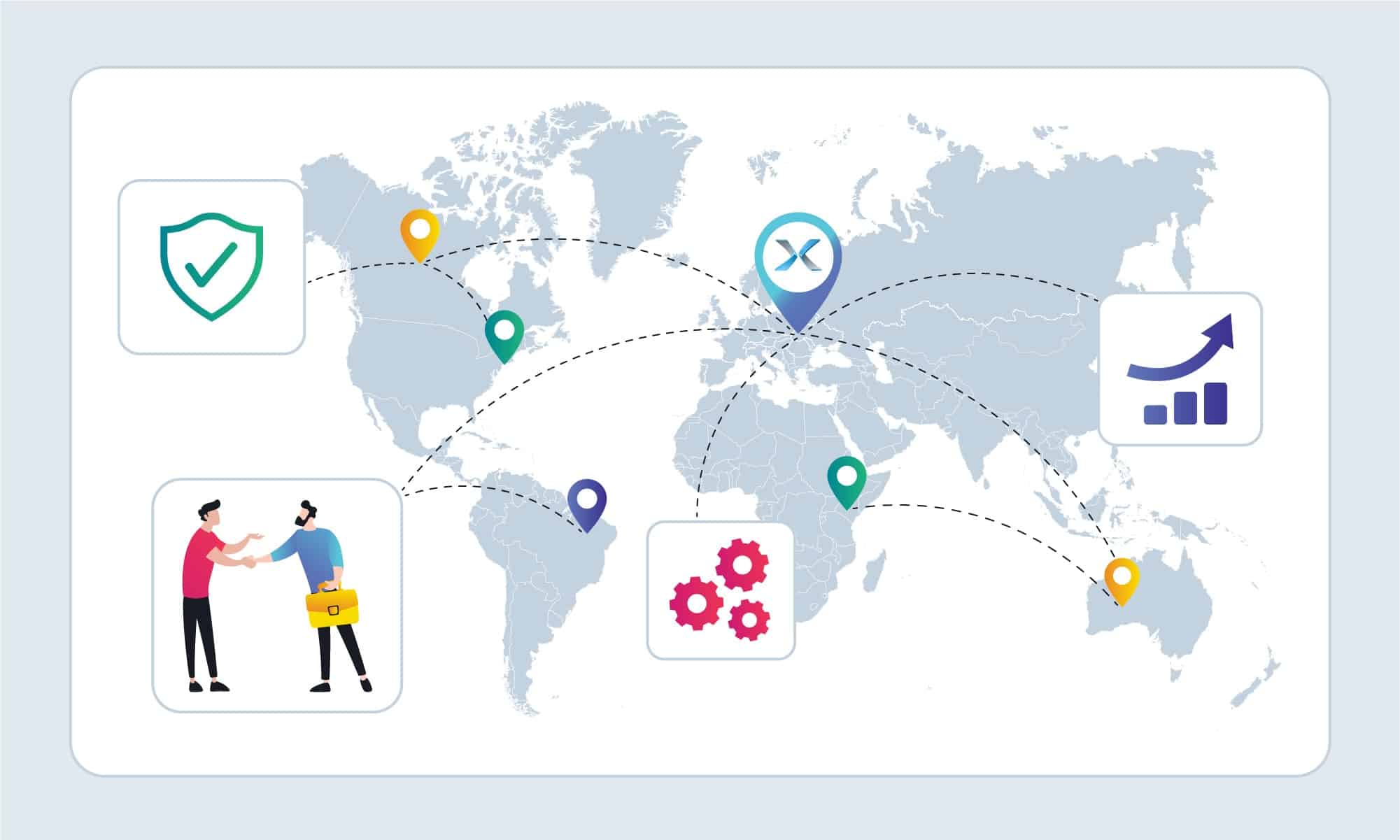Recently, the financial sector experienced massive digitization of financial products on its market. Mainly, this happened due to the increase in the tech-savvy population, financial crises, and, the most unexpected factor - the COVID-19 pandemic. Thus, financial services and technology, which we all know as FinTech, have evolved rapidly within these ten years.
The Fintech segments that experience innovations nowadays are the client-based focus, digital renovations, security, and convenience of high level and quality. Moreover, these segments help the worldwide financial sector develop and advance further.
In fact, one of the client-focused services the Fintech industry heavily invests in is money transfer app development. So, how to build a mobile money transfer system? How to create a money transfer website? Let’s talk about that.
- Remittance Software
- Types of Remittance Software
- Custom Money Transfer Software Development
- Efficiency
- Scalability
- Lower costs of integration
- Profitability
- Independence
- How to Create a Money Transfer App?
- Remittance app development stages
- Money transfer software security issues
- Consider Inoxoft Your Trusted Partner
- Final Words
Remittance Software
According to g2.com, remittance software is a helpful tool that transfers money between companies, and also companies and individuals (customers). The benefit of a money transfer software system is in the secure transfer of any currency, and in no dependency on whether to pay an invoice or move funds among subsidiaries. Thus, B2B customers and financial professionals find money transfer website development a great assisting tool for their online payments.
According to Statista, the segment of money transfers and digital remittance accounts for $106,925 million today. The annual growth rate of the transaction value for the next five years is going to grow at a CAGR of 11.01% and reach approximately $162,399 million in 2025. What’s more, the number of clients benefiting from digital remittance services will grow up to 15.6 million customers by 2025.
The remittance software system is not a payment gateway software as it includes B2B payments. The payment gateway software, in its turn, includes the automated payment transactions of B2C (business-to-customer) character, and e-commerce-related transactions.
How to create a money transfer system? Today, the top money transfer software system meets the following criteria:
- allows transactions in multiple currencies, various languages, and different countries
- manages cash collection and prepaid cards types of transfers and others
- provides online and mobile money remittance options
- tracks every kind of money transfer and keeps a record of transaction fees
- meets the security/privacy standards and regulations of a particular country
- integrates with ERP, accounting, and foreign exchange systems
The best satisfactory web-based money transfer software on the world’s Fintech market in 2024, according to TechRadar.pro, are WorldRemit, Venmo, PayPal, Western Union, Wise, and MoneyGram.
Types of Remittance Software
There are two types of remittance services nowadays. These are:
- Outward Remittance – any transfer of money that is carried out outside the borders of your country. For instance, if you choose the software development vendor overseas, you transfer money from your account to the vendor.
- Inward Remittance – any transfer of funds, which you receive from abroad. For example, if you are a software vendor and receive money transfers for your work from international clients.
But besides the remittance types, there are different money transfer software versions based on your business needs. So, if you want to create a money transfer app, first learn how to create a money transfer software based on the following needs. For instance,
- Person-to-Person (P2P) Payment System
P2P payments are digital money transfers from one person to another through a payment application. P2P payments are carried out with the help of a smartphone (tablet) or a personal computer (PC). All that is required is the available Internet connection.
However, according to a source, 42% of respondents of the Federal Reserve survey believe P2P money transfers have security flaws. And, even with the majority of security issues covered and encrypted transfers, cybercriminals still find loopholes to omit security and commit fraud. You can read more about the potential cybercrimes and mobile banking app security here.
- Business-to-Business (B2B) Money Transfer System
B2B is a digital payment method when one business makes a commercial transaction with another business. This may occur due to sourcing materials from one business to the other, the need of one to use operational services of the other business, or the business is the mediator selling products developed by the others.
- Digital Remittance Services
Digital remittance services are becoming quite popular in financially underdeveloped countries. In outward/inward money transfers, the ability to transfer money to a person is dependent on the transfer sum and the following fee. Online remittance providers make their services easy and simple, charging only low percentage fees for the transaction.
If you’re curious, how to make an online money transfer, – it’s handy for you. All you have to do is to have an account in the wire transfer software (money transfer web or mobile app). According to Business Insider, if you and your recipient have an app account of the same digital service provider – pick the sum to send and send it straight away. Certainly, all the transfer reports and money tracking is available within the application.
- Electronic Bill Payment Services
Paying your bills via an electronic device sounds exciting. For instance, this option is a type of mobile or web-banking solution that allows customers of any bank to transfer money with the help of a personal credit card account to the public services vendor or department store. These payments are done directly through a national payment system, operated by the banks, or in conjunction with the government.
Based on the data obtained and the number of money transfer applications, the question pops up – what does it take to create a custom money transfer software? How to create a money transfer app?
Custom Money Transfer Software Development
How to create an app for money transfer? According to IBM, custom software development is the process of app development (creation, design, deployment, and maintenance) that is carried out based on specific users, client-preferred functions, and targeted organizations. Custom software development can be either made by in-house software teams or by the outsourced software development provider.
The importance of custom money transfer system software development lies in its:
- Efficiency
- Scalability
- Lower costs of integration
- Profitability
- Independence
Efficiency
Custom software has its specific purpose and supports business processes by fast responses and an increase in productivity.
Scalability
Custom software usually grows with the business and changes with the organizational changes. Designers and developers should research potential future needs of the business and incorporate everything into the application on the spot.
Lower costs of integration
One of the most asked questions of business owners is whether the custom app will integrate with the other organizational applications. Hence, the answer should be a definite yes as, this way, business owners will be able to reduce integration costs by requesting custom software that can integrate with the organizational environment.
Profitability
Custom software development can bring you profit. Furthermore, having your software allows you to sell it to other organizations with the same need for the process-optimizing app and its features.
Independence
Having your software meet all the business needs can also relieve you from the extra costs of the commercial software license. What’s more, you won’t depend on app support and updates and hear about “terms” of use or termination of services. Hence, the costs of building your software will fall on you. In addition, sometimes full control over the situation appears to be more beneficial than constant waiting for others to meet your needs and demands.
How to Create a Money Transfer App?
How to build a money transfer app? Before you start the development of your own custom money remittance business, make sure your idea of the money transfer application has not been already met and a web-based (or mobile) money transfer software has a potential demand in it, will meet the budget, and will be released on time.
The key features of building a new online money transfer app to consider are:
- does it support or automate business processes or transactions?
- can it maintain the business-specific information?
- will it meet the privacy and security requirements it should?
- can it integrate with the other app in an organization?
- does it offer solutions for a business decreasing spending?
- will it increase organizational productivity?
- is it good enough to be competitive in the market?
- can it adapt to ongoing changes and be updated?
And, besides these features, you shouldn’t forget that:
1. Collaboration counts. All the stakeholders involved in the money remittance software development, e.g. sponsors, users, developers, customers, and business partners, should focus on working together to ensure that the needed information will be available. They should also communicate a similar goal to everyone, promote the best quality of production, immediate responsiveness, and future success.
2. Requirements should be met 100%. Sharing the same vision, mission, and collaboration techniques add to the main goal of the project and allow us to meet all the requirements faster. This way, you will understand whether the requirements were met, and met correctly by the increase of your Return on Investment (ROI).
3. Methodologies matter. For instance, let’s consider such methodologies as
- Agile development. By breaking requirements into segments and using the feedback loop to get aware of possible drawbacks as well as fix them without interrupting the speed and functionality of the development process.
- DevOps. By combining software development and all the operations, we get agile-based design, development, deployment, and software support.
- Rapid Application Development. By concentrating on design and coding as one step of interconnected development. This approach is non-linear.
- Scaled Agile Framework. By scaling agile methodology for big organizations and developing a global team.
4. Technologies and Practices are key. For instance, let’s mention some:
- Open-source development – open for the greater public to use. The more there are open-source tools the better you can fit in your deployment budget.
- Cloud development – a cloud environment that hosts development environments, which also support coding, design, integration, and testing. With the help of cloud-based development, you can control costs, and speed of development, and use all the convenient functionality of the cloud. Thus, it is possible to build on-premises and cloud-native applications.
- Artificial Intelligence – helps the software to imitate the way humans learn or make decisions. It is applicable when the development process needs improvement. AI technology such as machine learning can also be used in application building through APIs and cloud services.
- Blockchain – usage of blockchain ledgers and open source Hyperledger technology may be beneficial for new types of secure transactional and financial app building that might free funds and advance business processes.
- Low code – a practice in development that decreases coding and enables faster and at-cost application building.
- Analytics technologies – software applications that help to decipher data through dashboards, visualizations, and predictive capabilities. Analytics is incorporated into the app with the help of APIs and AI.
- Mobile application – a much-needed technology that enhances user experiences with the help of a smartphone it is uploaded to. Today, if you’re not using your smartphone for carrying out mobile banking transactions, you must be unaware of its potential.
Remittance app development stages
Based on the factors to consider while preparing to release the remittance software products to your taste, it is vital to ensure the following app development stages are taken into account. To create software for a money transfer you should focus on:
- Financial market research of the specific area
- User journey map development
- Money transfer portal development
- CRM system and user management modules development
- Reports and accounting maintenance
- User-friendly UI/UX
- Security/privacy compliance
So, the final product should include but is not limited to several web-based money transfer software features:
- Registration/log in
- Two-factor authentication and biometric authentication
- Send/request money via invoice/pay a bill
- Customized templates
- Payment status/history
- Push notifications and SMS alerts
- Money transfer to/from a bank account
- Data protection/a>
- 24/7 support
Money transfer software security issues
If back in 2017, about $613 billion were sent online, and the projected sum of 2023 is $750 billion, security has to be on the front line of any type of money transfer software development. Thus, it is important to
- prevent unauthorized access with two-factor authentication
- setup the timeline for obligatory password change
- implement a two-factor authentication method while logging in to the system from a new IP address
- ensure PCI DSS compliance
- create alarms in case of a critical event
And, also, adhere to the HIPAA Compliance rules based on the security and privacy of personal data. In addition, it would be appropriate to check the nations’ Financial Intelligence Units (FIUs), and the USA PATRIOT Act, Title III in the U.S. and EU, with the help of EU Money Laundering Directives. This applies to money transfer applications as they store and transmit not only personal costs but also transaction reports with personal information.
Consider Inoxoft Your Trusted Partner
Inoxoft is an international software development provider that offers top banking software development services to implement your business idea!
Build money remittance software and create value with Inoxoft! Our technical experts know how to build a p2p payment app and how to create a money lending app based on your requirements. With our money transfer app developers you can:
- Enhance your financial services provided to clients
- Fix security and data protection issues using algorithms and automation
- Boost client’s trust in banks
- Scale and integrate your banking system with other apps
- Improve customer experience using AI
- Create a personalized approach to client financial processes
- Give clients effective tools to use daily
- Get a benefit from risk prediction and management
And these are half of the benefits you can get! Get in touch with us and let’s discuss your future project!
Final Words
To make sure, your money transfer application is going to skyrocket on the market and allow you to make money with this software, you can always apply for a discovery phase. Here, you’ll get a full description of your software and its potential among your competitors. A discovery phase is a risk-free visualization of your idea, its description, the needed timeline of development, and the allocation of budget-making sure you’ll save costs. If you want to try and discover your app’s future – click here. Let’s talk.
Frequently Asked Questions
What is money transfer app development?
According to g2.com, remittance software is a helpful tool that transfers money between companies, and also companies and individuals (customers). The benefit of a money transfer software system is in the secure transfer of any currency, and in no dependency on whether to pay an invoice or move funds among subsidiaries.
How to create software for money transfer?
The key features of building a new online money transfer app to consider are:
- does it support or automate the business processes or transactions?
- can it maintain the business-specific information?
- will it meet the privacy and security requirements it should?
- can it integrate with the other app in an organization?
- does it offer solutions for a business decreasing the spending?
- will it increase organizational productivity?
- is it good enough to be competitive in the market?
- can it adapt to ongoing changes and be updated?
Steps of how to build a money transfer app?
It is vital to ensure the following app development stages are taken into account:
- Financial market research of the specific area
- User journey map development
- Money transfer portal development
- CRM system and user management modules development
- Reports and accounting maintenance
- User-friendly UI/UX
- Security/privacy compliance













